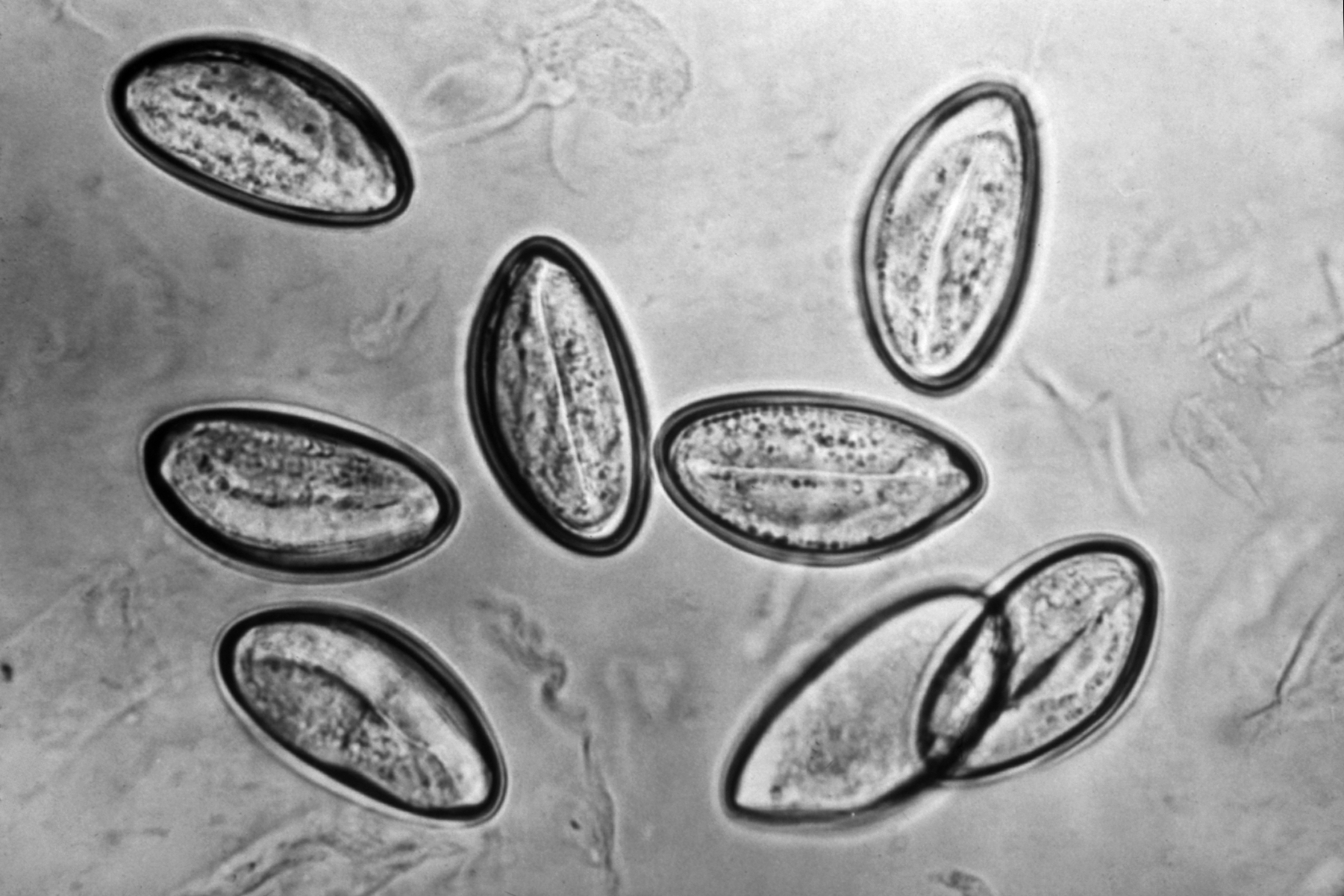Ringworm (tinea capitis) is a kind of fungal infection called tinea infection that occurs on the skin. In fact, the skin gets infected by dermatophytes, the fungi causing irritating rashes. This disease may develop on just about any area of the body, but it doesn’t affect internal organs. The infection usually starts as a small circular patch of scaling, itchy, or red skin but it spreads and covers a large area after a while.
Depending on where it’s located on the body, the infection has a specific name. For instance, it is known as tinea corporis if fungi grow in the area of torso; when the feet are affected, it is tinea pedis or athlete’s foot; it’s referred to as tinea capitis when occurring on the scalp. Sometimes it can appear on the nails when it is called onychomycosis. However, keep in mind that ringworm may develop elsewhere on the body, too.
How do children get ringworm?
Unfortunately, ringworm affects both adults and children. As for the kids, they most commonly pick up this contagious itching skin disease from animals, such as guinea pigs, dogs, or kittens. They can also get infected through the soil that contains ringworm fungi as well as when getting in touch with contaminated objects (like towels, clothing, carpet, and floors) and other people who have the infection.
What are the most common symptoms?
In the initial stage of disease, your baby or toddler will very likely have only one very small patch somewhere on the body. As stated earlier, it may appear nearly anywhere on the body. In case of tinea capitis, you may notice a bald patch on your child’s scalp. That scaly patch will get bigger gradually. After some time, the red rings with a clear center and raised edge will start popping up on the skin. Sometimes the infection can spread to other areas. The rash is very itchy and it can be either moist or dry.
When to visit a doctor?
You need to take your child to a skin doctor or GP if:
- The sores caused by ringworm are painful
- Your child has a number of ringworm sores on either scalp or body
- Your child has bald circular patches in hair
- The rash does not improve or even spreads despite treatment
Prevention
Ringworm is pretty difficult to prevent, as it’s extremely contagious. Yet, there are certain preventive measures that can reduce the chances of getting infected.
- Avoid getting in contact with an infected person whenever possible;
- Do not share towels, linen, clothing, combs, and brushes with somebody who has ringworm;
- Stay away from infected pets;
- Be sure to thoroughly dry moist places on your body like areas between toes, armpits, and groins;
- Do not walk barefoot in communal showers and on damp floors.
If your child already has ringworm, here’s what you ought to do:
- Wash your child’s clothing, bed linen, and towels with hot water on a regular basis;
- If the ringworm affected your child’s feet, spray his/her shoes with an antifungal spray;
- Change clothing each day;
- Cover the red rings with a dressing or clothing;
- Do not let your child use baths or communal pools until you’ve started treatment.
Treatment
With so many antifungal medications and hundreds of over-the-counter products available, it can be tricky to find the best ringworm treatment. This is because not all treatment options are favorable for everyone.
While antifungal sprays, creams, and powders are capable of solving mild ringworm infections, more serious conditions may require prescription medicine, such as pills, syrups, and topical medicine. With regard to creams, make sure to continue applying it to the infected area(s) for a few more days after the red itchy rash has cleared, just in case. Scalp and nail-bed infections most commonly need oral treatment.
Early treatment is very important. That said, consider seeing GP if you have noticed any strange rash or ring on your child’s skin. Your doctor will suggest the most suitable treatment, whether it is an antifungal cream or a medication.

